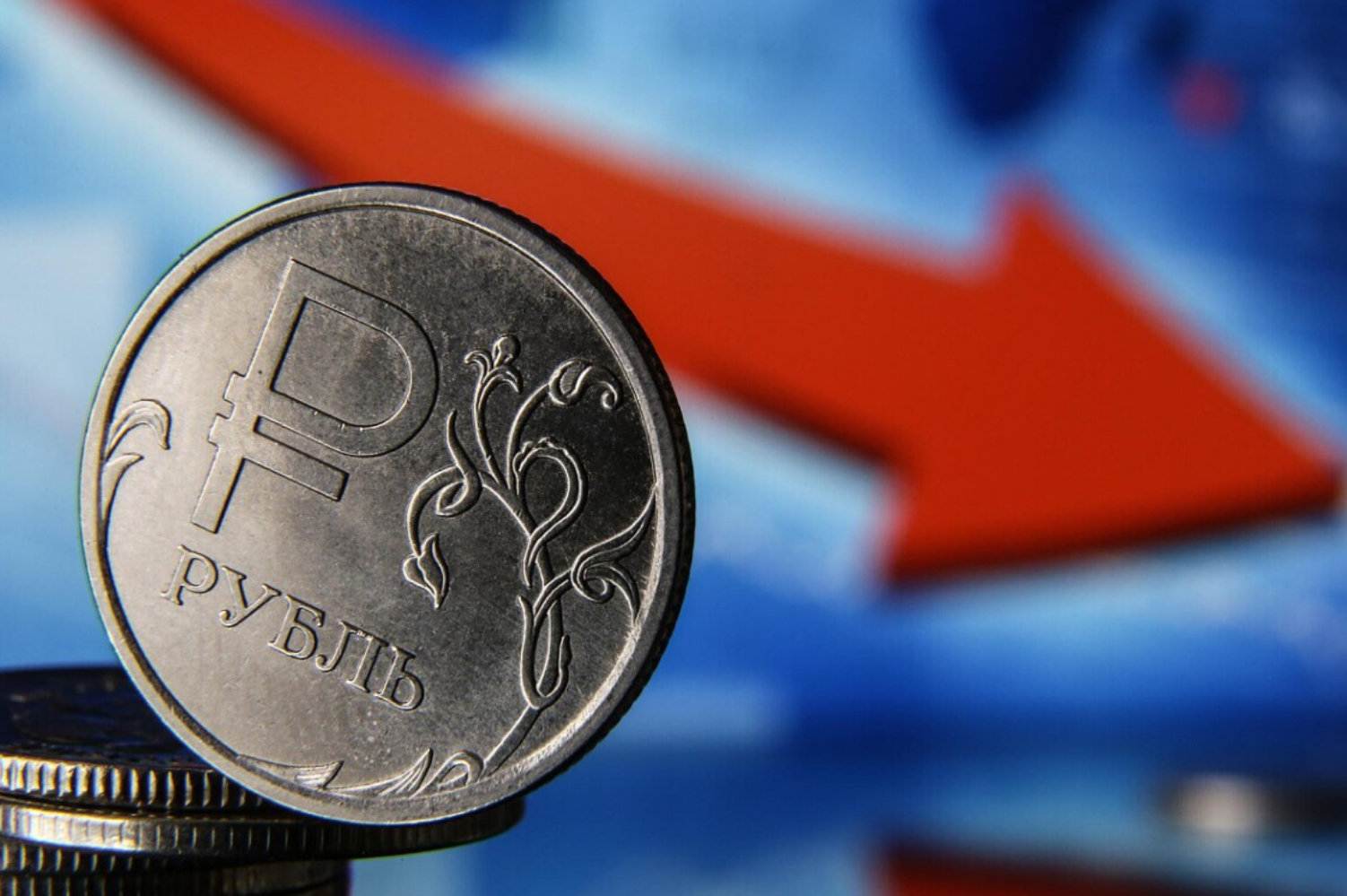Russian economy in stagnation: how sanctions are destroying the Kremlin’s ability to fight
27 October 08:31
The Russian economy, which for the past three years has been fueled by excessive profits from energy exports and large-scale state investment in the military, has begun to show the first signs of a downturn. Key sectors of the defense industry that provide the army with weapons are cutting production for the first time since 2022. This is reported by the American Institute for the Study of War (ISW) in its latest report, "Komersant Ukrainian" informs
Sanctions are working: India and China curtail purchases of Russian oil
on October 26, U.S. Treasury Secretary Scott Bessent said that U.S. sanctions are already having a significant impact on the Russian economy. According to him, a number of refineries in India and China, key markets for Russia after the EU embargo, have stopped or reduced purchases of Russian oil.
Bessent noted that Russia’s economy is in a state of wartime with virtually no growth, and the inflation rate in Russia is over 20 percent.
These figures contrast sharply with the Kremlin’s statements. The central bank of Russia reports inflation at only 8.2 percent, trying to hide the real economic pressure and maintain the illusion of stability.
Falling profits: a risk for war financing
Oil and gas accounted for about 30% of all federal budget revenues in Russia in 2024. It is with this money that the Kremlin finances the army, drones, missiles, and military salaries. If the sanctions reduce revenues by another 20-30%, as predicted in the United States, Russia could face a funding shortfall as early as 2026.
These fears were confirmed by Russian Finance Minister Anton Siluanov: he admitted that the share of energy revenues in the budget will decrease by 30% in 2026.
Collapse in the defense industry: production of tanks and armored vehicles is slowing down
According to the Russian edition of The Moscow Times and Rosstat, in September 2025, Russia’s defense industry showed signs of stagnation for the first time since the start of the full-scale invasion.
Key indicators:
- production of metal products: down 1.6% year-on-year (in August it was 21.2%)
- production of transport equipment (including tanks): sharp decline from 61.2% to 6%
- machine building: down 0.1% after a 15.7% increase a month earlier
On October 24, the Central Bank of Russia was forced to cut its key policy rate to support defense plants with capital and avoid a deeper economic shock.
Rosstat data show significant signs of a deeper economic split amid ever-increasing sanctions and continued unsustainable wartime spending.
The “war economy” model is failing
Vladimir Putin built a wartime economy by investing trillions of rubles in military production. This has allowed him to artificially maintain GDP growth, but has led to a critical dependence on government orders and oil. As export revenues decline and war spending remains at record levels, the Russian economy is entering a phase of instability.
Experts at the Institute for the Study of War (ISW) note that if the trend continues, Russia will face a shortage of resources not only to build up its military capabilities but also to maintain the current level of hostilities.
What it means for Ukraine
Sanctions have a real effect and need to be strengthened.
The Russian defense industry has reached its peak and may enter a phase of declining efficiency.
The decline in Russia’s budget revenues will limit its ability to finance a prolonged war.
The West has a unique window of opportunity to accelerate economic pressure.
Read us on Telegram: important topics – without censorship









